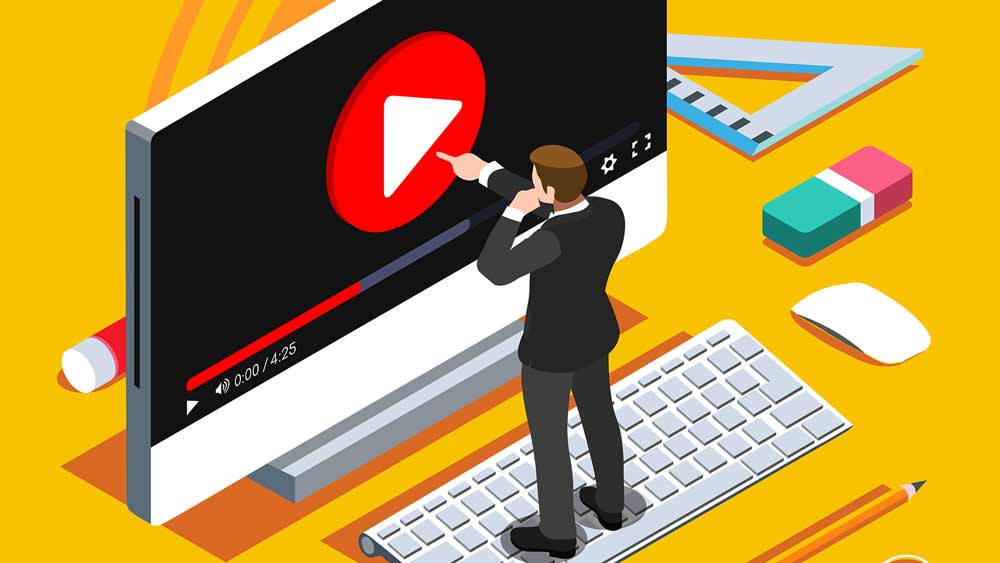CALL: 985-778-0798
WIRED TO CONNECT
 Clients and potential clients continually ask me what industry is our specialty. From here, I know it is going to be an uphill battle in shifting perception. Lucky for me, shaping perception (for any industry) is my specialty.
Clients and potential clients continually ask me what industry is our specialty. From here, I know it is going to be an uphill battle in shifting perception. Lucky for me, shaping perception (for any industry) is my specialty.
Healthcare, Consumer Packaged Goods (“CPG”), Retail, Travel, Tourism, etc. all face the same problems (opportunities). Almost all industries are becoming more consumer focused and experience-driven, which creates a consistent set of marketing needs across all industries.
This means that we have to go back to a re-examination of the traditional 4-P’s of marketing – Product, Price, Place, and Promotion (one of those few things I remember/found useful from college) – and make a complete paradigm shift to the 5 C’s of digital marketing.
The evolution of data, technology, and communication, along with the changing dynamics in most industries is gradually putting the consumer at the center and in full control. The ecosystem is starting to respond to consumer’s emotional and functional needs. As is evident from the past, technologies and innovation do not disrupt categories, but consumers do.
Most brands are now aiming at an always-on, seamless, omni-channel experience that will inspire behavioral change and participation. The term “omni-channel” may be a marketing buzzword, but it refers to a significant shift: marketers now need to provide a seamless consumer experience, regardless of channel or device. Consumers can now engage with a company in a physical location, an online website, a mobile app, or through social media.
Digital marketers across all industries can achieve success if they focus on the 5 C’s of digital marketing in an era that can be best described as the ‘convergence era’.
The 5 C’s:
- Consumer
- Context
- Content
- Commerce
- Convergence
“We need to always place the CONSUMER at the center, both in strategy and execution. CONVERGENCE is needed at all levels to overcome the challenges of fragmentation and silos. The two channel agnostic pillars of a seamless experience is CONTENT and CONTEXT. If executed properly, these 4 C’s will organically drive COMMERCE,” said Mayur Gupta, Senior VP and Head of Digital at Healthgrades.
1. CONSUMER – The consumer is connected, informed, collaborative, social, and more empowered than ever before. The consumer is the extension of your brand. The consumer’s persona, buyer’s journey, and experience must be at the center of your strategy. You can replace consumer with customer or client – bottom line, behind every B2B or B2C, there is a person – the consumer of your content, products, and services.
2. CONTEXT – the power of contextual intelligence is the ability to personalize your engagement with the consumer. Context is about knowing and understanding behavior at any point in the relationship, across all touch-points, at all times. Context is about knowing the who, what, where, when, and most importantly, why the consumer wants something, and then delivering just that, at the right time and channel of preference.
3. CONTENT – Content must be influenced, inspired, and driven based on context – relevant and useful information that is delivered just in time, pervasively across the ecosystem (channel, device, and touch-point). “Content without context or context without the ability to inspire and influence content is both meaningless and will never drive behavioral change,” said Gupta.
4. COMMERCE – Anticipating the needs of the consumer and making it easy and fast to purchase is key. Ultimately, convenience always wins.
5. CONVERGENCE – The final C, and perhaps the most challenging for marketers is convergence. By placing the CONSUMER at the center of your strategy and execution framework, marketers must find ways to drive alignment across the business and the ecosystem by constantly and vigorously championing convergence. There are hundreds of marketing technology vendors that are focusing on the art of marketing convergence using CRM, marketing automation, communities, analytics and social networking.
I suppose now would be a good time to talk about what Convergence truly is:
- Convergence: 1. an act or instance of converging. 2. A convergent state of quality. 3. The degree or point at which lines, objects, etc., converge.
Technology has come a long way since the early days of the 21st century. As it advanced, each type of media has evolved to become more portable and interactive. These different types of media and platforms have also quickly merged together. It’s a logical progression, feeding our insatiable appetite for technology and for progress.
As technology has advanced, so have the worlds of advertising, marketing, branding, PR, public affairs, content, publishing, and business strategy. Brands and marketers are now looking for ideas that are deeply connected to culture, which can align with societal changes and help shape them. As a result, companies are starting to converge to offer a new model and to enjoy the same benefits. It’s a natural result of the media convergence we have seen happening for decades.
In my business, the edge is the complete opposite of the traditional advertising agency. It is a new approach based on a new model for marketing in revolutionary times. And we’re not alone. Businesses throughout the world are discovering that convergence is fast becoming a key business model – one that will help them to stay lean, focused, and as profitable as possible without compromising on quality.
The biggest challenge, as marketers, is the journey from strategy to execution. With the consumer at the center of this ecosystem, strategy alone is not enough; the consumer demands real and tangible experiences. This is where we need to get real and deliver a seamless experience for the consumer, keeping his or her interest, needs, and desires at the center as a human being, not a segment.
Today’s consumers are empowered and their expectations are changing; transparency, authenticity, intelligence, and accessibility are the keys to success. Businesses and marketers must now focus on arguably the most important C-word in business – culture.
“I’ve learned that people will forget what you said, people will forget what you did, but people will never forget how you made them feel,” said Maya Angelou.
In today’s on-demand economy, relevance is the most important currency in business. To stay relevant, businesses must adopt a customer-first culture, knowing that the path to scale is a committed, common-sense approach with competent and confident employees who exhibit the character that inspires customer loyalty and advocacy. It may sound cliché, but smart businesses and marketers recognize the only constant is change. To stay relevant, you must have the courage and discipline to strategically change and evolve to mirror an ever-evolving global culture.
We, as marketers, can learn the ins and outs of any industry. Spend some time with me, give me the time to research your business and your financial statements, and I will understand your competitive (strategic) advantage and profit margins. Therefore, clients shouldn’t pay us for being experts in a specific industry, but rather experts in the human experience. The heart of all business and commerce is people, and we need to make them feel something.
Businesses need to stop looking for so-called “industry-specific experts” and focus on finding an agency that understands the ever-evolving consumer landscape. Moreover, businesses need to find an agency that understands the human experience and specializes in social connection.









